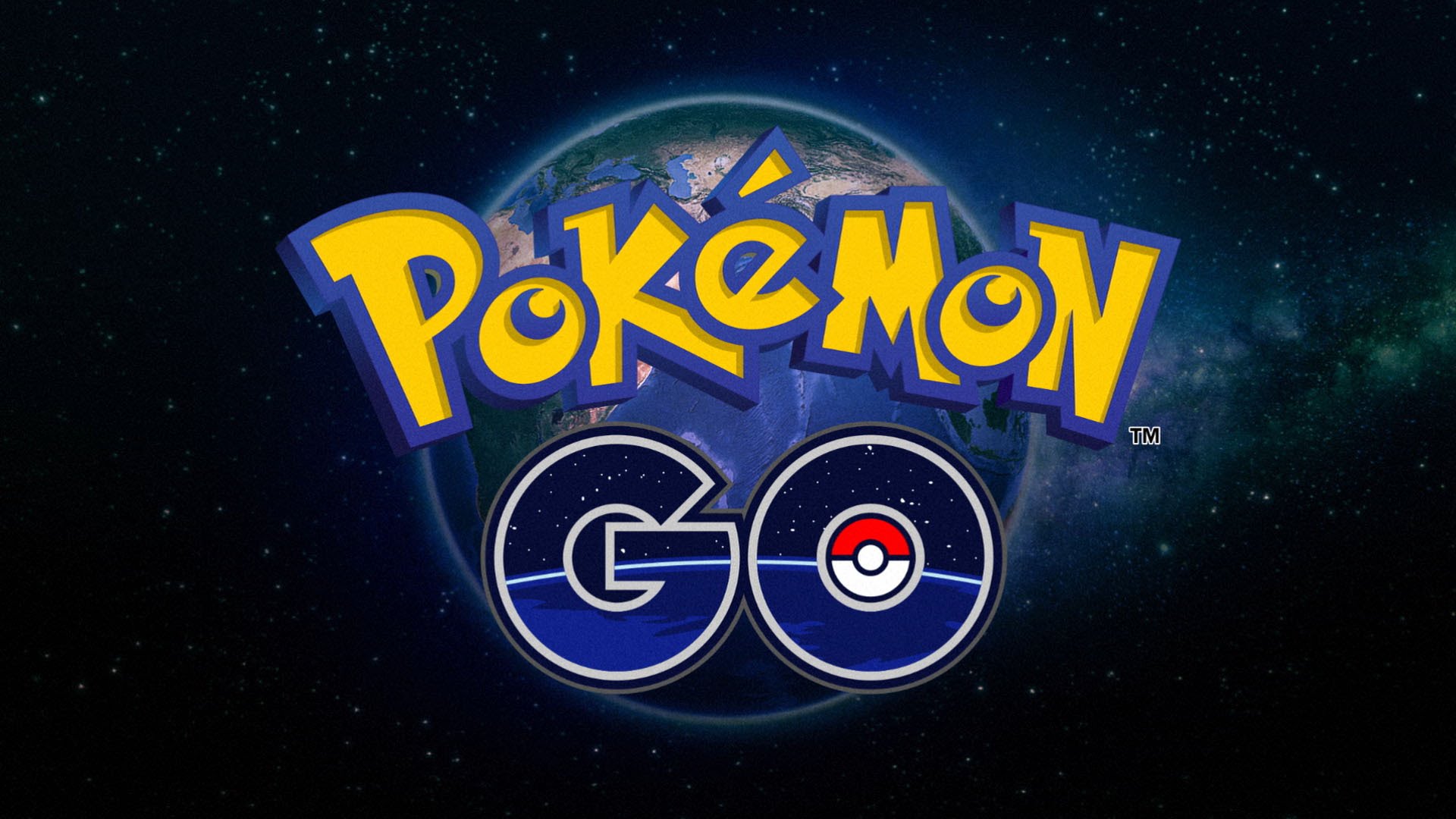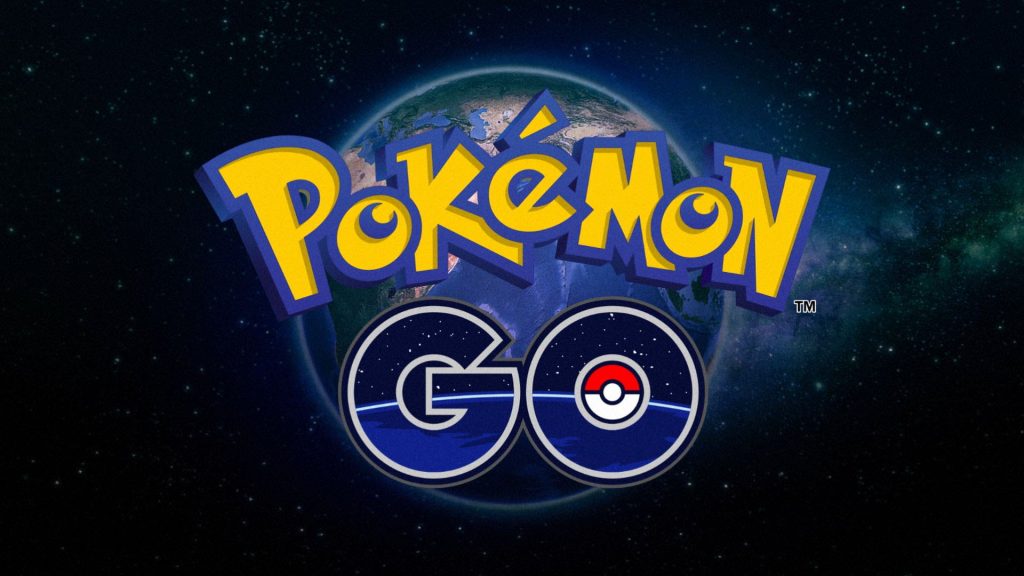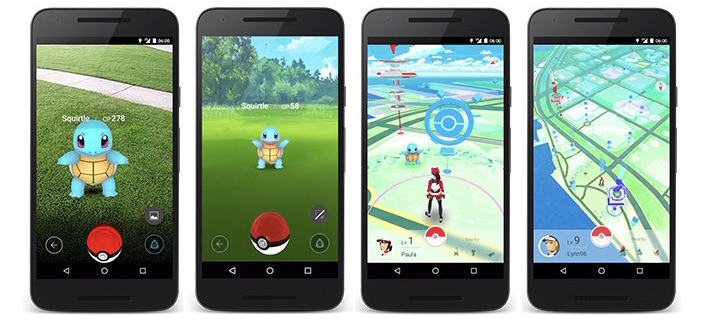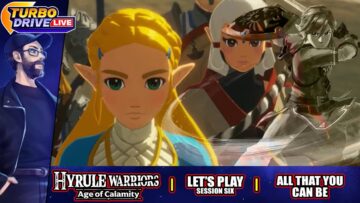
Review: Pokémon GO
On paper, Pokémon GO sounds like a home run. Millions of people have loved the Pokémon franchise at one point or another, and nearly all of them now carry mobile devices of some kind. Imagine using those devices to go outside, see Pokémon projected into your world, and capture them! GO promises to let you do just that, and the idea alone sounds like a surefire hit at a time when Nintendo desperately needs one. It caters perfectly to 20somethings like myself who grew up with the franchise by only featuring the original 151, and I fell for it almost immediately; as a lifelong Pokémon obsessive, I couldn’t wait for this game to launch, and I found that it mostly delivers on what it’s selling – when it works, that is.

In some ways, Pokémon GO brings your childhood dream of becoming a Pokémon trainer to life. Unlike the more traditional Pokémon games that keep the action confined to a digital world, GO focuses on you actually walking around and encountering wild Pokémon. The app injects the Pokémon into your phone’s camera feed via augmented reality, or AR, so it looks like they’re really in the world around you. You can catch them by swiping to throw Poké Balls, and you can train and evolve them with consumables you collect over time. Real landmarks and memorials in the world become PokéStops in the game, allowing you to collect more Poké Balls and items when you approach them; this feature is actually heavily based on developer Niantic’s previous mobile game, Ingress. Once you reach level five, you can align yourself with one of three in-game teams, which becomes important once you start to tackle Gyms. Major landmarks on the map become Gyms, and you can fight Pokémon left there by other trainers in an attempt to be the very best (like no one ever was) and claim that Gym for yourself and your team.
The game’s inherently social nature proves to be its greatest asset. You can use your in-game progress as fuel to connect with and challenge your friends. PokéStops are great places to meet other players, and they keep your item bag stocked to the point where you really shouldn’t hit any paywalls. Team pride and possessiveness has led to countless Gym battles for honor, glory, and bragging rights. Physically exploring around neighborhoods to catch Pokémon with your friends is even more fun than you imagined it would be, and the gaming community is already getting a lot of exercise from this. Pokémon GO is nothing short of a phenomenon, and when it all works, it’s almost a magical experience.
Here’s the problem, though – it often doesn’t work, at least in my experience. In fact, the first few days after launch were a complete disaster as the unending flood of eager players crushed the game’s servers. I completely understand that launch day traffic is incredibly difficult to manage, but after a lengthy open beta, over $30 million in funding, and several days to get on top of the issues, the amount of downtime GO suffered is simply jaw-dropping. The situation has improved over time, but I still suffered through several crashes and connection errors per day until very recently. That comes on top of all of the game’s other problems, which I’ll now bitterly list out in comprehensive detail.
Man, is this game buggy. You can ostensibly sign in with your Pokémon Trainer Club ID, but that functionality was broken for days. The game world will occasionally completely fail to populate, leaving you staring at an empty map. The app can have issues locking onto a GPS signal, despite no other app on my phone experiencing the same difficulty. PokéStops may refuse to load rewards for your visit. Wild Pokémon encounters can lock up and crash the app, which often leads into the dreaded server issue screen. Gyms in particular are a technical mess; battles may fail to start or end properly, and the opponent may simply stop taking damage, leaving their Pokémon to freely pound away on yours. Fun fact – I’ve actually tried fighting at dozens of Gyms over the past few days, and not a single battle worked properly, even late at night against much weaker opponents with full cell coverage under a cloudless sky. That’s unacceptable.
There’s also isn’t much by way of actual gameplay here. The Pokémon capture mechanic only requires you to swipe with some accuracy, and since cellular latency makes the dodge mechanic clunky at best, Gym battles often simply boil down to furious screen-tapping. There’s precious little to do outside of walking around and collecting Pokémon; in fairness, though, that is the entire point of the app, and the simple gameplay has made it accessible to just about everyone, so I can’t really fault it for that. The relative lack of content may lead to some longevity issues down the road, but as a free-to-play mobile game, there’s just enough here to keep even casual players interested for a while.

As you might expect, the AR-based capture segments have led to some very funny pictures, with people finding Pokémon everywhere from their houses and sidewalks to public bathrooms and subways. Of course, the feature doesn’t look completely correct all the time, but it makes sense often enough. In terms of the rest of the presentation, the graphics are suitably cartoony, and the menus are clean and responsive. Unfortunately, the music sounds like a cheap knock-off of tracks from Pokémon Black & White, though this won’t matter much to most players. The game performed reasonably well on my iPhone 6, which is approaching two years old, but it’s also a serious power hog, so make sure your device has sufficient battery life before going out on your next adventure.
In the blink of an eye, Pokémon GO has helped the franchise attain a level of popularity that it hasn’t seen in decades, and the app’s long-term potential is limitless. I’m absolutely thrilled that so many friends and strangers are falling in love with Pokémon again – yet you’re about to see me give the game an unenthusiastic score. Simply put, I’m still hitting more than my fair share of technical snags, and it’s actively impeding my ability to have fun. Yes, I love Pokémon and I do thoroughly enjoy playing GO, but part of being critical of a game is looking past your biases and taking its flaws into account. Ultimately, though, the game has somehow powered through all of the aforementioned issues to unify players all over the country in sweet, sweet Poké-bliss. That kind of cultural impact shouldn’t be overlooked, and it’s a testament to how much people still love this franchise. If my social media feeds are any indication, you’ve probably had better luck getting GO to work than I’ve had, so if that’s the case, get back out there and keep having fun; those Gyms aren’t going to conquer themselves. If you’re yet to give the game a whirl, I highly recommend that you do so, but be prepared for some potential frustration.

![[ID: 6BCaEwf0pFQ] Youtube Automatic](https://lastminutecontinue.com/wp-content/uploads/id-6bcaewf0pfq-youtube-automatic-60x60.jpg)

![Private: [ID: _PVW1JDRigY] Youtube Automatic](https://lastminutecontinue.com/wp-content/uploads/private-id-pvw1jdrigy-youtube-au-360x203.jpg)

![Private: [ID: _DXUOGOvy88] Youtube Automatic](https://lastminutecontinue.com/wp-content/uploads/private-id-dxuogovy88-youtube-au-360x203.jpg)